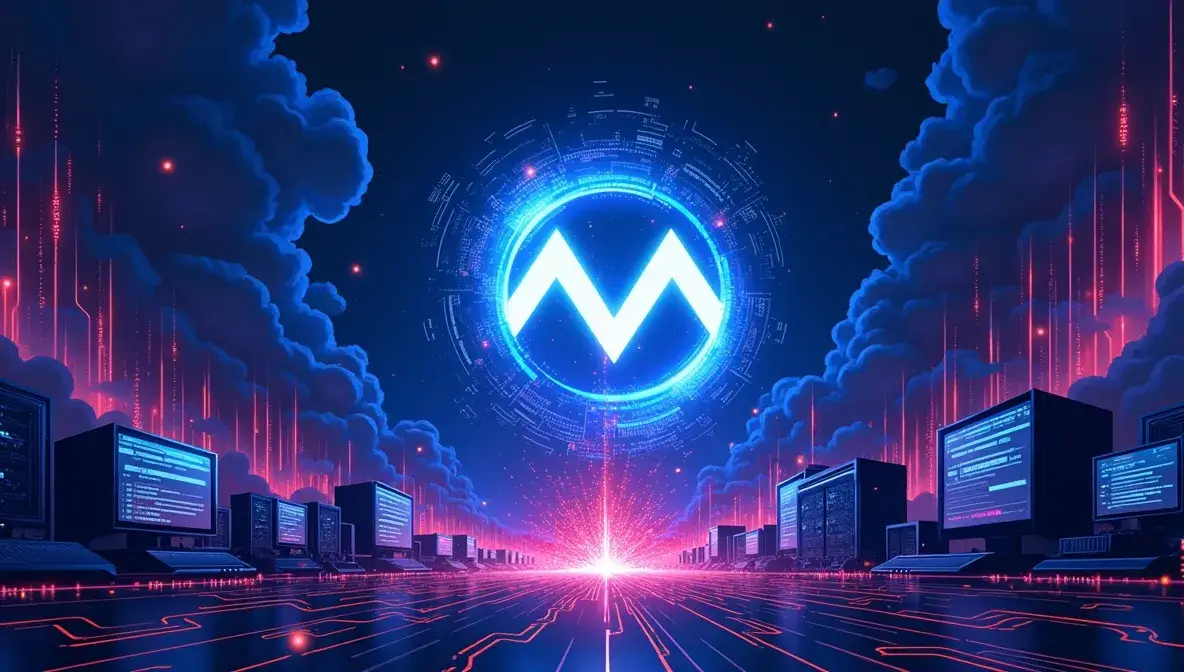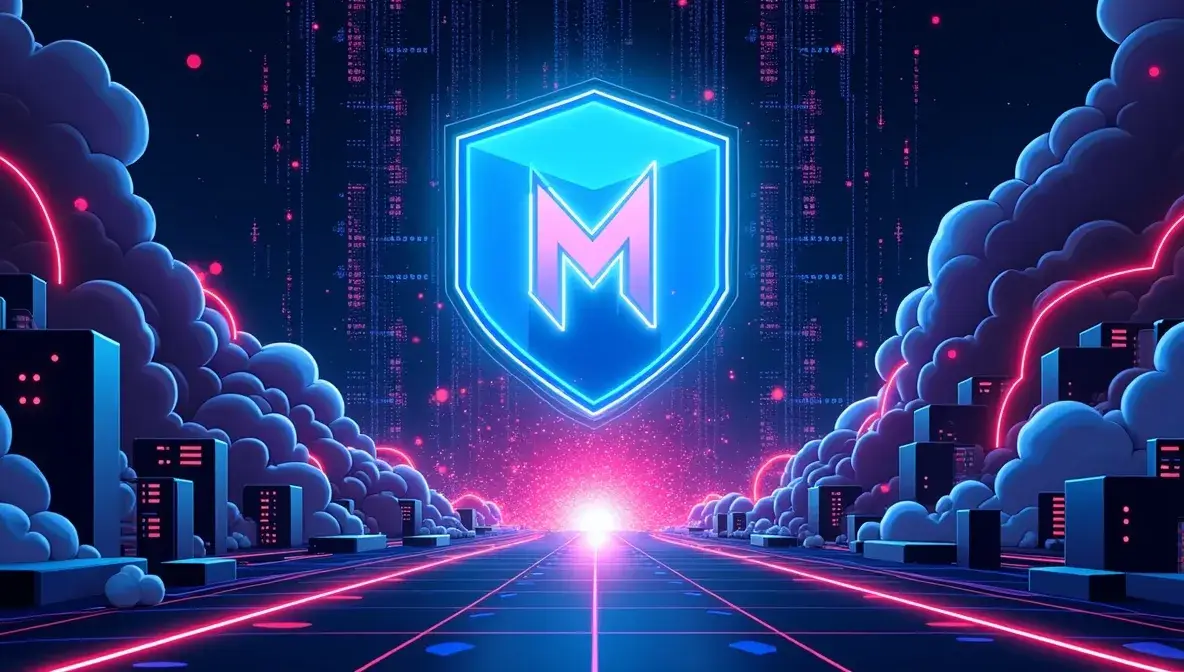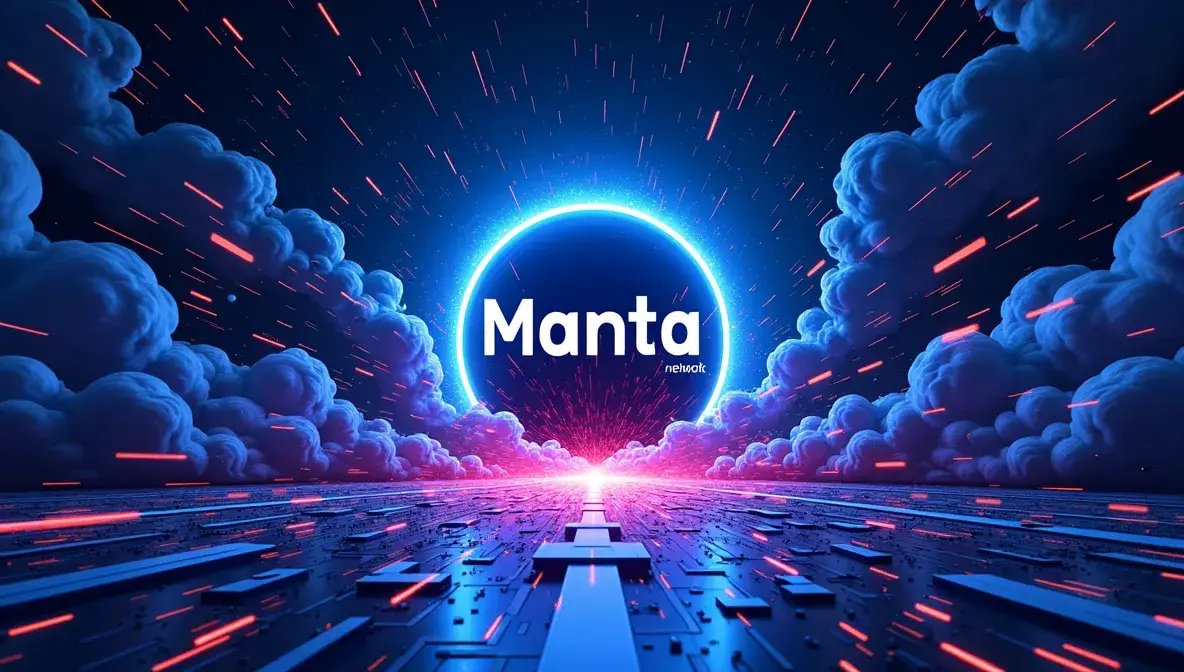In the fast-evolving world of blockchain technology, security remains a paramount concern. On January 18, 2024, Manta Network, a layer-2 blockchain focused on privacy and zero-knowledge proofs, faced a significant distributed denial-of-service (DDoS) attack. This incident coincided with the highly anticipated launch of its governance token, MANTA, sending ripples through the crypto community. In this blog post, we’ll explore the details of the attack, its impact on Manta Network, and the broader implications for blockchain security.
What is Manta Network?

Before diving into the attack, it’s essential to understand what Manta Network is and why it’s significant in the blockchain ecosystem.
- Layer-2 Blockchain: Manta Network operates as a layer-2 solution, meaning it’s built on top of an existing blockchain (like Ethereum) to improve scalability and reduce transaction costs.
- Privacy-Centric: The network is designed to prioritize privacy, leveraging zero-knowledge proofs (ZKPs) to enable secure and private transactions.
- Governance Token (MANTA): The launch of MANTA was a milestone for the network, allowing users to participate in governance decisions and stake tokens for rewards.
Manta Network’s focus on privacy and scalability has made it a promising player in the decentralized finance (DeFi) space. However, the DDoS attack on its token launch day exposed vulnerabilities that even the most advanced blockchain systems can face.
The DDoS Attack: What Happened?
On January 18, 2024, Manta Network experienced a massive DDoS attack that disrupted its operations. Here’s a breakdown of the incident:
Key Details of the Attack
- Timing: The attack coincided with the token generation event (TGE) for MANTA, a critical moment for the network.
- Scale: Manta Network’s nodes were bombarded with over 135 million remote procedure call (RPC) requests in a short period. This flood of traffic overwhelmed the system, causing severe network congestion.
- Impact: The attack led to slowed transaction processing, increased gas fees, and temporary communication breakdowns between applications and the blockchain.
Kenny Li, co-founder of P0xeidon Labs (the team behind Manta Network), described the attack as “very aggressive and timed,” highlighting its precision in targeting the network during a pivotal event.
How DDoS Attacks Work
A DDoS attack aims to overwhelm a system with a flood of traffic, rendering it unable to function properly. In the context of blockchain networks, these attacks typically target:
- Nodes: The computers that validate and record transactions on the blockchain.
- RPC Servers: These servers handle requests from users and applications, making them a prime target for disruption.
By flooding these components with requests, attackers can cripple the network’s ability to process transactions, leading to delays and increased costs for users.
Impact of the Attack on Manta Network

The DDoS attack had several immediate and long-term effects on Manta Network and its community. Let’s explore these in detail.
Network Performance Issues
- Transaction Delays: Users experienced significant delays in transaction processing, with some transactions taking hours to complete.
- Increased Gas Fees: The congestion caused by the attack led to a spike in gas fees, making it more expensive to use the network.
- Communication Breakdowns: Applications relying on Manta Network’s blockchain faced difficulties in communicating with the network, disrupting services.
Token Price Fluctuations
The attack also had a noticeable impact on the price of MANTA, the network’s governance token:
- Price Drop: Following the attack, the price of MANTA dropped by approximately 22%, from around $2.70 to $2.08.
- Market Sentiment: The incident shook investor confidence, leading to increased selling pressure and volatility in the token’s price.
Community Response
Despite the challenges, the Manta Network team remained transparent and proactive in addressing the situation:
- User Reassurance: Kenny Li and the team assured users that their funds were secure and that the blockchain itself remained operational.
- Enhanced Security Measures: The team announced plans to implement additional security protocols to prevent future attacks.
Broader Implications for Blockchain Security

The Manta Network DDoS attack serves as a stark reminder of the vulnerabilities that exist in even the most advanced blockchain systems. Here are some key takeaways and lessons for the broader blockchain and DeFi ecosystem.
Vulnerability Awareness
- Decentralization Isn’t Foolproof: While blockchain networks are decentralized, they are not immune to attacks. DDoS attacks, in particular, can exploit weaknesses in network infrastructure.
- Targeting Critical Moments: Attackers often time their efforts to coincide with major events, such as token launches or protocol upgrades, to maximize disruption.
Importance of Redundancy
- Backup Nodes: Implementing redundant systems and backup nodes can help mitigate the impact of DDoS attacks by distributing traffic more evenly.
- Load Balancing: Techniques like load balancing can ensure that no single node or server is overwhelmed by traffic.
Rapid Response Capability
- Real-Time Monitoring: Blockchain networks must invest in real-time monitoring tools to detect and respond to attacks quickly.
- Incident Response Plans: Having a well-defined incident response plan can minimize downtime and restore normal operations faster.
Lessons for Other Blockchain Projects
The Manta Network incident offers valuable lessons for other blockchain projects, especially those in the DeFi space:
- Prioritize Security: Security should be a top priority from the outset, with regular audits and stress testing to identify vulnerabilities.
- Community Communication: Transparent and timely communication with users during crises can help maintain trust and confidence.
- Scalability Solutions: Layer-2 solutions like Manta Network are essential for scalability, but they must also be robust enough to handle attacks.
Future of Blockchain Security
As blockchain technology continues to evolve, so too must the strategies for securing these networks. Here are some trends and innovations to watch:
- Zero-Knowledge Proofs (ZKPs): ZKPs, like those used by Manta Network, offer enhanced privacy and security but must be implemented carefully to avoid new vulnerabilities.
- AI-Powered Security: Artificial intelligence can be used to detect and respond to threats in real-time, offering a proactive approach to cybersecurity.
- Decentralized Identity Solutions: These solutions can help verify users and prevent malicious actors from exploiting networks.
Conclusion
The DDoS attack on Manta Network was a significant event that highlighted both the strengths and weaknesses of blockchain technology. While the network’s focus on privacy and scalability is commendable, the incident underscores the need for robust security measures to protect against increasingly sophisticated attacks.
As the blockchain ecosystem continues to grow, projects must remain vigilant and proactive in addressing security challenges. By learning from incidents like this, the industry can build more resilient and trustworthy systems that empower users and drive innovation.
Key Facts at a Glance
| Aspect | Details |
|---|---|
| Date of Attack | January 18, 2024 |
| Type of Attack | Distributed Denial-of-Service (DDoS) |
| RPC Requests Received | Over 135 million |
| Token Price Drop | 22% (from $2.70 to $2.08) |
| Impact | Network slowdowns, increased gas fees, communication breakdowns |
Quotes from Industry Experts
“The Manta Network DDoS attack is a wake-up call for the blockchain industry. It shows that even decentralized systems are not immune to disruption.” – Kenny Li, Co-Founder of P0xeidon Labs
“Security must be a top priority for any blockchain project. Without it, user trust and network integrity are at risk.” – Anonymous Blockchain Security Expert

Tina Morris is an expert tech blogger, passionate about simplifying complex innovations. She delivers cutting-edge insights, trends, and solutions to empower readers in the ever-evolving tech landscape.
